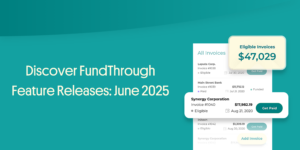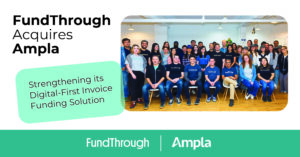
Discover What’s New: FundThrough’s June 2025 Feature Releases
We’re excited to share the latest innovations in the FundThrough platform—updates designed to make your funding experience faster, easier, and more transparent. With improvements to
By FundThrough

Home » FundThrough Blog » 21 Small Business Financing Facts for Startup Founders & Solopreneurs
Navigating your small business financing options can be a daunting task. What types of funding might you qualify for, and what should you look for in a financing product? How are other companies like yours financing their startups, operations, and growth?
Browse this collection of up-to-date small business financing facts to get to know the landscape. From traditional lending with the big banks to creative alternative financing solutions like peer-to-peer lending and invoice funding, there’s a world of opportunity out there for motivated entrepreneurs to discover.
Want to learn more? Dig into The Ultimate Alternative Finance Guide to learn more about the financing options available to help you start, maintain and grow your business.

We’re excited to share the latest innovations in the FundThrough platform—updates designed to make your funding experience faster, easier, and more transparent. With improvements to

The leading fintech funding platform for SMBs secures a $25M Series B equity investment, led by Klister Credit Corp. HOUSTON and TORONTO – April 22,

Key Takeaways: Key Features to Look for in a Small Business Bank: Small business owners should prioritize customer service, security, competitive rates, and comprehensive features
Interested in possibly embedding FundThrough in your platform? Let’s connect!